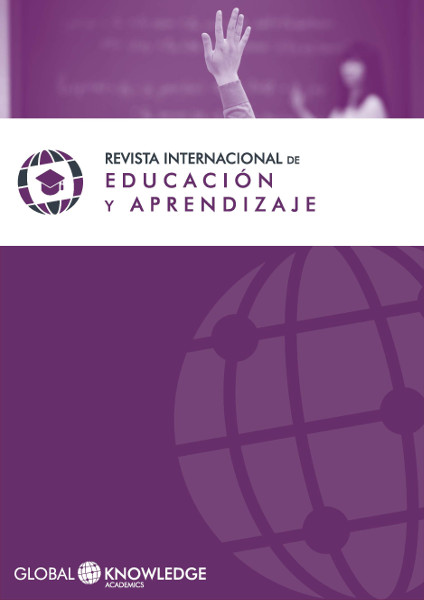Strengthening Study Programs for the Training of Potential Teachers
DOI:
https://doi.org/10.37467/gka-revedu.v2.610Keywords:
Teacher Training, Trajectory Evaluation, Curriculum Evaluation, Plans and Program EvaluationAbstract
The importance of knowing the learning achieved by students in their university training addresses to the analysis of mechanisms that can help to identify this information in a timely and orderly manner. This, in order to strengthen those learning throughout the students´ professional career, and in the same way is very important the curriculum evaluation and assessment plans without students being graduated yet, allowing an improvement in the process and thus strengthening their professional profile. Nowadays, the assessment study, its validity and consistency with the realities of the social context and the demands of the professions, are considered as vital actions to the development of improved strategies for the short, medium and long term. A proposal advocating the assessment of undergraduate curriculum is presented herein, based on the educational background of their students, the case of a Mexican public university, which trains future professionals in education.
Downloads
Global Statistics ℹ️
|
493
Views
|
180
Downloads
|
|
673
Total
|
|
References
Díaz, F. (2010). Metodología de diseño curricular para educación superior . México: Trillas.
Facultad de Pedagogía e Innovación Educativa (FPIE). (2010) Plan de Desarrollo para la Facultad de Pedagogía e Innovación Educativa 2010-2013. México: Universidad Autónoma de Baja California, recuperado el 30 de mayo de 2013 de: http://pedagogia.mxl.uabc.mx/plan/2012/PlanDesarrolloFPIE2010-2013.pdf
López, V. (2009). Evaluación formativa y compartida en educación superior propuestas, técnicas, instrumentos y experiencias . Madrid, España: Narcea.
Luna, E. (2011). Aportaciones de la investigación a la evaluación de estudiantes y docentes. México: UABC-Miguel Ángel Porrúa.
Romo, A. (2005). “Estudios sobre retención y deserción en un grupo de instituciones mexicanas de educación superior”. En: Deserción, rezago y eficiencia terminal. México: ANUIES.
Rué, J., y Loredo, R. (2010). Equipos Docentes y nuevas identidades académicas . Madrid, España: Narcea.
Stobart, G. (2010). Tiempos de pruebas: los usos y abusos de la evaluación . Madrid, España: Morata.
Universidad Autónoma de Baja California (UABC). (2006). Modelo educativo de la Universidad Autónoma de Baja California . Mexicali, Baja California, México: Universidad Autónoma de Baja California. Recuperado el 30 de mayo de 2013 de: http://www.uabc.mx/formacionbasica/documentos/ModeloEducativodelaUABC.pdf
Universidad Autónoma de Baja California (UABC). (2011). Plan de Desarrollo Institucional. Baja California, México: Universidad Autónoma de Baja California.
Downloads
Published
How to Cite
Issue
Section
License
Those authors who publish in this journal accept the following terms:
-
Authors retain copyright.
-
Authors transfer to the journal the right of first publication. The journal also owns the publishing rights.
-
All published contents are governed by an Attribution-NoDerivatives 4.0 International License.
Access the informative version and legal text of the license. By virtue of this, third parties are allowed to use what is published as long as they mention the authorship of the work and the first publication in this journal. If you transform the material, you may not distribute the modified work. -
Authors may make other independent and additional contractual arrangements for non-exclusive distribution of the version of the article published in this journal (e.g., inclusion in an institutional repository or publication in a book) as long as they clearly indicate that the work was first published in this journal.
- Authors are allowed and recommended to publish their work on the Internet (for example on institutional and personal websites), following the publication of, and referencing the journal, as this could lead to constructive exchanges and a more extensive and quick circulation of published works (see The Effect of Open Access).













